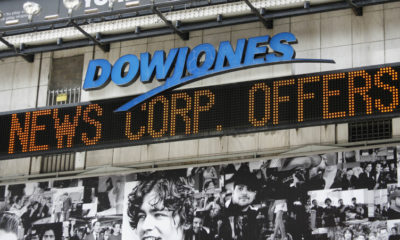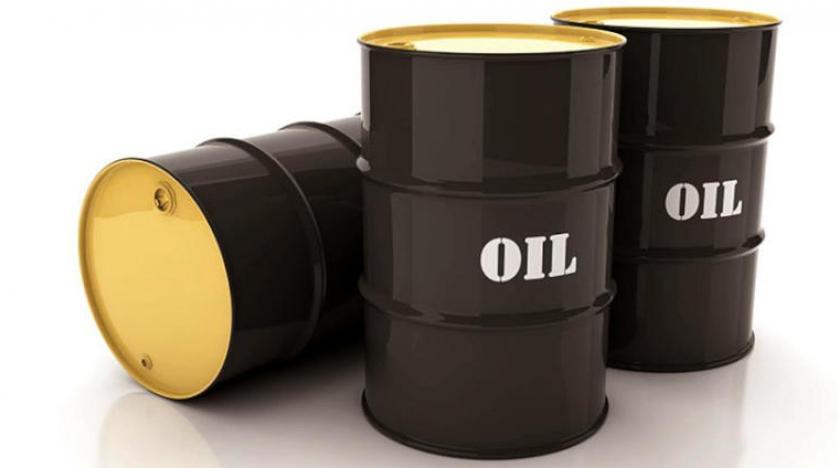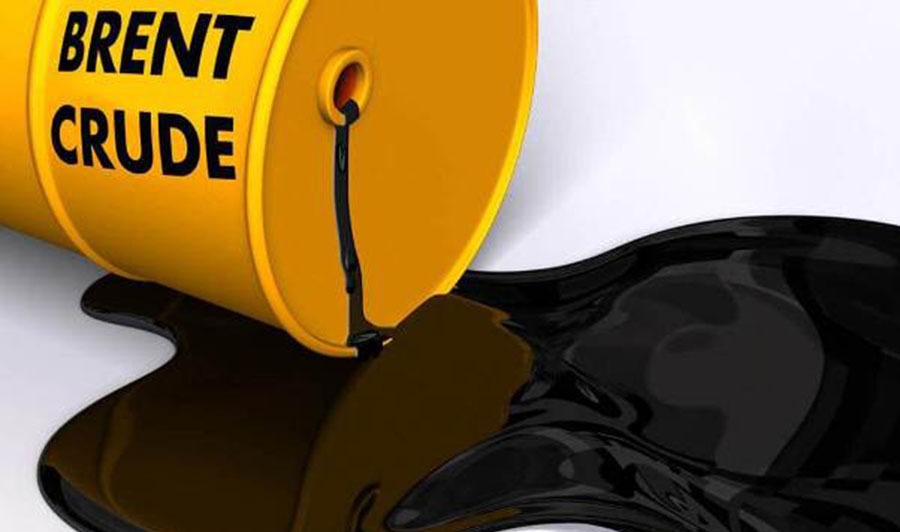Equity markets in Europe opened a little lower on Thursday following a very mixed session in Asia and some heavy selling on the other side of the pond on Wednesday.
While investors have been relieved that this week has brought no new instability in the banking sector (yet), they are a little concerned by what they heard from the Fed and Treasury Secretary Janet Yellen yesterday.
The central bank hiked interest rates by 25 basis points, in line with expectations, but the language that accompanied it was far less hawkish than before, reflecting the uncertainty that the recent mini-banking crisis has created.
Jerome Powell and his colleagues are clearly concerned about the impact of recent events on credit conditions which may impact lending to households and businesses, slow the economy, and weigh on inflation. While this would do some of its job for it, in bringing inflation back to target, it won’t do so in the way that it will have wanted.
What’s more, the risks of further fallout have left investors nervous and while the Fed is not pricing in any rate cuts this year, markets very much are. We may not see those risks reflected in Fed forecasts and the dot plot but they are evident in the language used, as they were with the ECB last week.
BoE left with little wiggle room
The Bank of England is up next and it also finds itself left with little option but to raise rates again despite the events of the last couple of weeks. Regardless of yesterday’s inflation data, the MPC may have opted for another 25 basis points anyway as its counterparts in the US and euro area have stuck to their plan without any negative repercussions.
But the February CPI readings removed any flexibility they may have thought they had and now markets are pricing in a higher terminal rate of around 4.5% as a result. This makes the language that accompanies the decision key and I expect it will use the same playbook as the Fed and ECB in highlighting the uncertainty around the outlook and the need to take it one meeting at a time and be data-dependent.
Signs of permanent damage in oil?
Oil prices are a little lower today after gradually recovering in recent days. While no one can say with confidence that a banking crisis has been averted, there is growing confidence that the actions taken by central banks, regulators, and governments have significantly reduced the odds of one, particularly a severe scenario, and that is ultimately good for the economy and crude demand.
So while we saw Brent and WTI plunge to late-2021 levels amid the panic of the various collapses, they have bounced back almost 10% in recent days. That said, they remain below the range lows that preceded the sell-off and have even run into resistance around those lows over the last couple of days. A move back above here may suggest confidence is returning while a failure to do so may indicate some more permanent damage to expectations.
Gold shining once more?
Gold has been buoyed by the less hawkish stance from the Fed and the market perception that the central bank will swiftly reverse course on interest rates. While Powell pushed back against this, markets have other ideas and that’s enabled the dollar to soften, yields to pull back, and gold to rally.
Throw in some risk-aversion on the back of Yellen’s comments on the government not considering blanket insurance for bank deposits and gold is beginning to shine once more. It now has $2,000 in its sights once more – a level it has rarely ever traded above – and record highs are not that far above either. This could potentially become a very favourable environment for the yellow metal.

 Forex3 weeks ago
Forex3 weeks ago


 Naira2 weeks ago
Naira2 weeks ago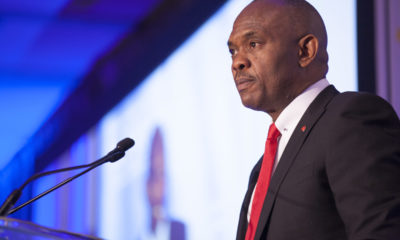
 Billionaire Watch2 weeks ago
Billionaire Watch2 weeks ago

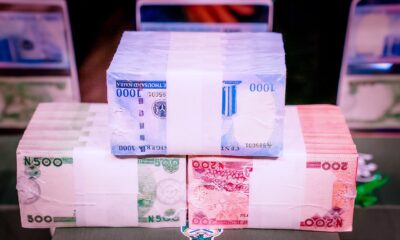


 Naira2 weeks ago
Naira2 weeks ago




 Naira2 weeks ago
Naira2 weeks ago

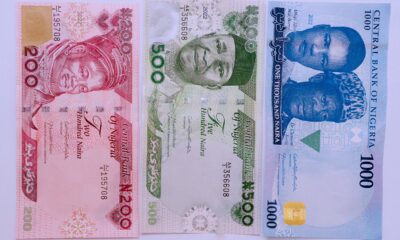


 Naira1 week ago
Naira1 week ago




 Naira3 weeks ago
Naira3 weeks ago




 Naira4 weeks ago
Naira4 weeks ago










